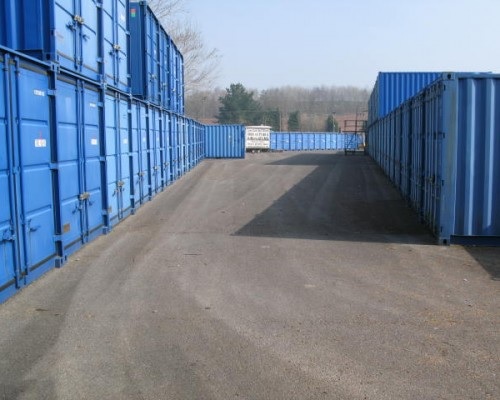Is my printer broken? Do I need to buy a new printer? Do I need to call a technician? All printer users must have asked these questions at some point. And although printer problems may appear serious, this is not usually the case.
Like all other machines, laser printers also have their share of performance setbacks that can be resolved by simple troubleshooting procedures. When a printer has been in operation for a long time, troubles usually commence with the aging of rubber rollers and other sensitive components. However, if trouble originates from the toner cartridge, a compatible cartridge replacement can resolve the issue and allow trouble-free printing to proceed.
Defective Rollers. The function of the rubber rollers is to move paper seamlessly from one printer component to the next. Failure to do so often results in paper jams. The process begins with the pick-up rollers from the paper tray to the OPC Drum (Organic Photo Receptive), then to the fuser assembly rollers, and then down to the exit rollers responsible for the exit of paper from the printer. Since paper is abrasive, continuous contact will result to the wear and tear of the rubber rollers, which reduce its ability to grip paper tightly. As movement inside the printer is synchronized, failure on the part of one roller can halt the transition of paper. Therefore, troubleshoot and immediately replace an ailing roller at the first sign of a roller not up to the task.
Defective Drum. The OPC Drum is designed to last for a long time, however, component irregularities can bring about print defects. For instance, a defective drum wiper blade can lead to back grounding due to the failure of the blade to clean the drum surface of excess toner after every cycle. The solution, replace the wiper blade. A cartridge waste chamber already filled with waste toner can easily cause this similar print defect. The printer problem can easily be resolved by replacing the cartridge with a remanufactured toner cartridge. Nevertheless, when scratches on the OPC Drum surface are the cause of the print defect, replacement of the OPC Drum is required.
Defective Fuser. Low or high heat temperature affects the performance of the laser printer. Heat setting can result in a defective thermistor or a burnt heating element. The result is a scorched paper or toner smudges on the printout. The solution, replace the thermistor or replace the heating element and the entire fuser assembly, whichever proves to be more convenient.
Empty Toner Cartridge. Usually, light prints result from a low toner supply. In this case, users can either choose to install a replacement cartridge or reuse an empty cartridge by administering a refill using compatible toner refill kit to resolve the print irregularity. However, a dirty laser scanning assembly can also trigger light prints. A little cleaning of the mirror and lens can do wonders to restore print clarity.
Remember that when your machine performs poorly, simple laser printer troubleshooting and replacement of peripherals can reverse the tide and restore performance. In order to avoid printing disruptions though, you could regularly maintain your printer so you are made aware of the current state of the machine. Simply wipe off dust particles with a damp cloth and check toner cartridges for leaks and breaks. And you can refer to the printer’s manual for recommended upkeep.



